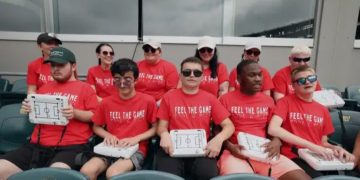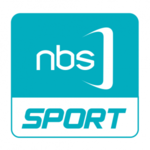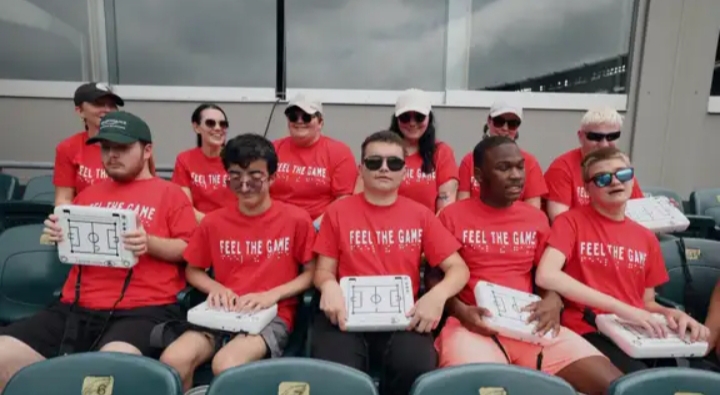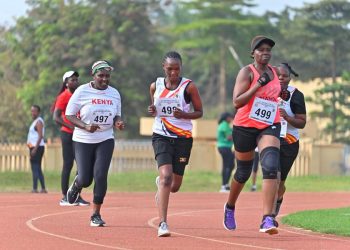There’s nothing quite like the roar of a crowd as a team surges toward goal, the rising anticipation, the electric atmosphere, the split-second explosion of emotion.
But for blind and low-vision fans, that iconic football moment has long been felt from the sidelines.
For the first time in FIFA history, blind and low-vision supporters are experiencing the FIFA Club World Cup 2025 in an entirely new, immersive way, through touch, sound, and real-time interactivity, thanks to breakthrough assistive technologies introduced by Field of Vision (Ireland) and OneCourt (USA), in collaboration with FIFA.
Tactile Technology Turns Data Into Sensation
These innovative devices feature a tactile pitch interface, a flat board displaying the layout of a football field. A small magnetic ring representing the ball moves across the board in real time, giving users a physical representation of match play.
Coupled with haptic feedback (unique vibrations that signal different plays, such as passes, tackles, or shots), and optional audio commentary, the experience bridges the sensory gap between blind fans and the live action.
The technology is built on real-time game data already used by teams and broadcasters, translating analytics into a touch-based experience similar in concept to smartphone vibrations, but tailored to the rhythm and emotion of the game.
A Game-Changer for Fans
For Anthony Ferraro, a blind fan attending the Seattle Sounders FC vs. Botafogo match at Lumen Field, the device was nothing short of transformative.
“I’ve fallen asleep at sporting events before, just being so bored not knowing what’s happening,” Ferraro shared. “Now I’m on the edge of my seat. It’s high alert. You’re watching the build-up and then—boom—you know exactly why the stadium just erupted. You feel it happen.”
On the East Coast, students from the Overbrook School for the Blind were invited to try the technology during Manchester City’s match against Wydad AC in Philadelphia.
Their experience was guided by Field of Vision staff, allowing students to follow the match with a new level of engagement and independence.
Breaking Barriers Across the U.S.
Devices were made available free of charge to fans at select tournament venues in Seattle, Philadelphia, and Atlanta, as part of FIFA’s expanded commitment to inclusivity and fan experience.
In Seattle, RJ Lenhart-Warabiminami used the technology for the first time and described the moment as liberating:
“Before, I’d wait for the crowd to calm down and ask someone what just happened. Now, I’m experiencing the same exact moment as everyone else. I’m cheering with them, not just near them.”
More Than a Match: A Movement Toward Inclusivity
The FIFA Club World Cup 2025 marks the most inclusive edition of the tournament to date, featuring players from 81 nations across 32 elite teams from all six confederations. And this inclusivity isn’t just on the pitch, it extends to the stands.
The tactile devices are part of a wider initiative from FIFA to trial next-generation accessibility solutions, including Audio Descriptive Commentary (ADC) at all venues, ensuring fans of all abilities can enjoy world-class football on their own terms.
These efforts also lay the groundwork for the FIFA World Cup 2026, hosted across Canada, Mexico, and the United States, where accessibility is set to take center stage on a global level.
Where Innovation Meets Emotion
The introduction of tactile feedback technology is more than a tech milestone, it’s a reimagining of what it means to experience sport. It’s the moment blind and low-vision fans are not just watching football, they’re feeling it.
And for the first time, everyone in the stadium can celebrate together, at the same time, for the same reason.
Explore more innovations from the FIFA Club World Cup and stay updated as we build toward the most inclusive FIFA World Cup in history.





























